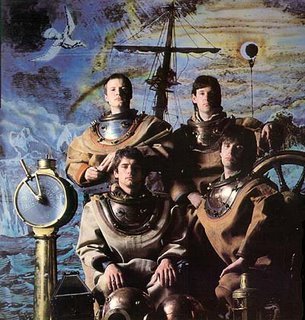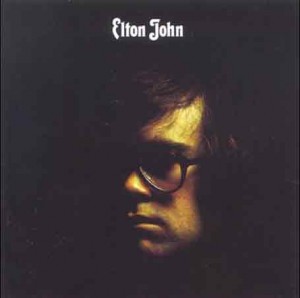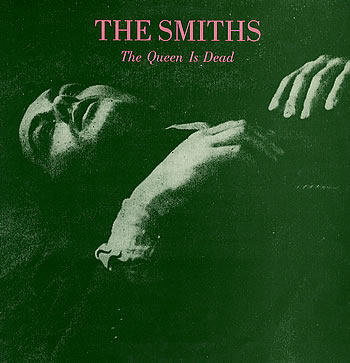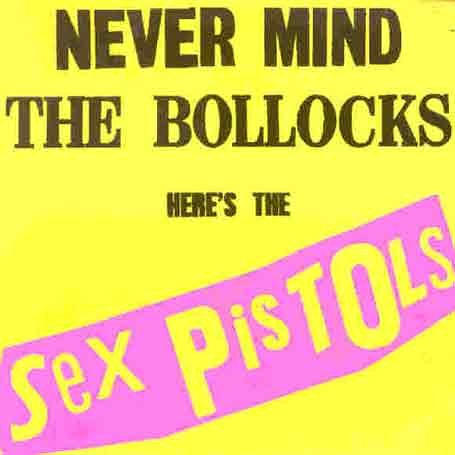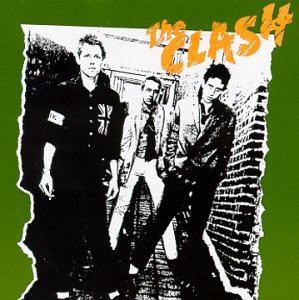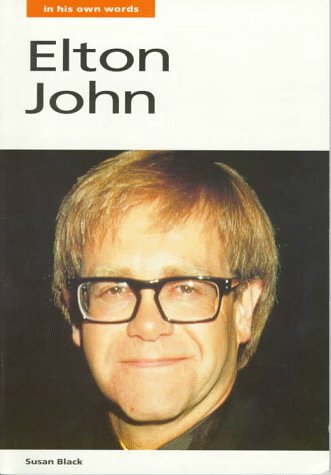
The Front Cover Of The Book
Compiled by Susan Black, this book was released by Omnibus Press in England in the year 1993. As in other “In Their Own Words” titles it gathers assorted quotes from all through the years and mashes them together by theme. I used the verb “mash” deliberately, as the book could use some editing – there are quotes that appear multiple times under different headings, and such a thing can turn out to be certainly annoying.
Some of the featured chapters include “Songwriting”, “”Money & Possessions” and (of course) “Clothes & Accessories”. The most comprehensive section is thankfully the one named “The Records”, and we can see facets of Elton that are not necessarily palpable through his music in the chapters “Sports” and “Politics”. Continue reading

